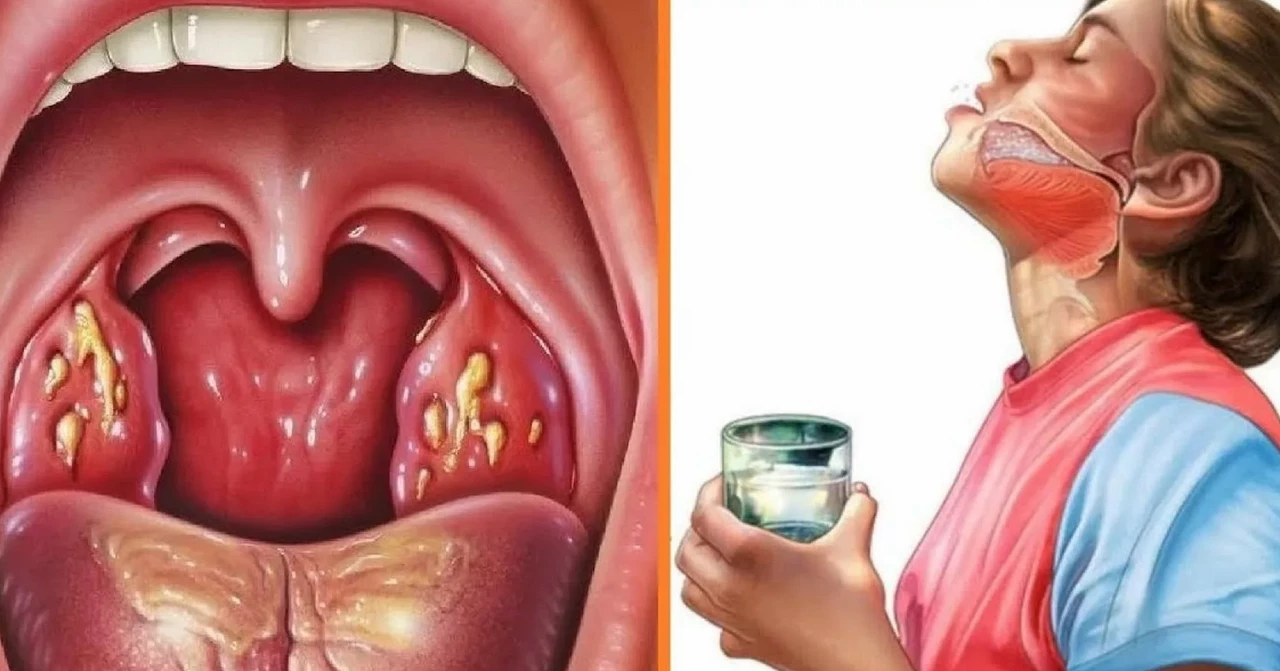Understanding Tonsillitis and Its Symptoms
Tonsillitis is an inflammation of the tonsils, which are two oval-shaped pads of tissue located at the back of the throat. The condition is usually caused by a viral or bacterial infection and can cause significant pain and discomfort, especially when swallowing or eating. Some common symptoms of tonsillitis include a sore throat, swollen tonsils, difficulty swallowing, fever, and enlarged lymph nodes in the neck. As someone who has experienced tonsillitis, I know firsthand how painful and frustrating it can be. In this article, I'll share some tips on managing tonsillitis pain while eating to help make the process a little more bearable.
Choosing the Right Foods to Eat
When you're dealing with tonsillitis pain, it's essential to choose foods that are easy to swallow and minimally irritating to your throat. This means avoiding spicy, acidic, or overly crunchy foods, which can exacerbate the pain. Instead, opt for soft, bland, and easy-to-swallow options like mashed potatoes, applesauce, yogurt, scrambled eggs, and oatmeal. In my experience, soups and broths can also be helpful, especially if they're warm (but not too hot), as the warmth can temporarily soothe your throat. Be sure to also stay well-hydrated by drinking plenty of water, herbal tea, or diluted fruit juice. Avoiding alcohol and caffeine is also a good idea, as they can be dehydrating and make your symptoms worse.
Utilizing Pain-Relieving Techniques
There are several techniques you can try to help relieve tonsillitis pain while eating. First, try taking an over-the-counter pain reliever like ibuprofen or acetaminophen about 30 minutes before eating. This can help reduce inflammation and make swallowing more comfortable. You can also suck on throat lozenges or use a numbing throat spray to help ease the pain. In my experience, gargling with warm salt water before eating can also provide some relief. Mix about half a teaspoon of salt into a glass of warm water and gargle for about 30 seconds, then spit it out. This can help reduce swelling and inflammation in your throat, making it easier to eat.
Adapting Your Eating Habits
When dealing with tonsillitis pain, it's important to adapt your eating habits to make the process less painful. One helpful tip is to take smaller bites and chew your food thoroughly before swallowing. This will make it easier for the food to pass through your throat and minimize irritation. Additionally, try eating more slowly and taking breaks between bites to give your throat a chance to recover. Another useful strategy is to eat smaller, more frequent meals throughout the day, rather than trying to force yourself to eat large meals. This can help prevent your throat from becoming overly fatigued and further irritated.
Seeking Medical Treatment if Necessary
While tonsillitis can often be managed at home with self-care measures, it's important to recognize when it's time to seek medical treatment. If your symptoms are severe, persistent, or worsening, it's a good idea to see a doctor. They can evaluate your condition and determine if you need antibiotics (for a bacterial infection) or other treatments. In some cases, a doctor may recommend a tonsillectomy, which is a surgical procedure to remove the tonsils, if you have recurrent or chronic tonsillitis. As someone who ultimately needed a tonsillectomy, I can attest that it made a significant difference in my quality of life and helped put an end to my chronic tonsillitis pain.
In conclusion, managing tonsillitis pain while eating can be challenging, but it's possible with the right strategies and self-care measures. By choosing the right foods, utilizing pain-relieving techniques, adapting your eating habits, and seeking medical treatment if necessary, you can make the process more bearable and help yourself recover more quickly. Remember, it's essential to listen to your body and seek professional help when necessary to ensure your health and well-being.


Jonathan S
Honestly, it's appalling how many people casually disregard basic self‑care when faced with something as straightforward as tonsillitis. 🙄 They scoff at simple advice-drink warm broth, take ibuprofen-yet complain about the pain like it's some grand tragedy. One would think that personal responsibility would be a core value, but no, the entitlement culture prevails. 😒 So, if you're not willing to follow the basic steps, perhaps you deserve the discomfort.